The one job to do now to keep your garden flowering until the first frosts
Deadheading spent blooms is quick and easy and can keep your garden flowering long into autumn - we've got 10 to deadhead now.

Deadheading spent blooms is quick and easy and can keep your garden flowering long into autumn - we've got 10 to deadhead now.

As the first flush of blooms begin to fade, now is the best time to deadhead your plants to keep them flowering throughout the summer and until the first frosts.
Regularly deadheading by removing spent or faded flowers encourages plants to produce more blooms because when you remove the old flower heads the plant begins directing its energy into producing new flowers, rather than seed production.
You can deadhead easily by hand – simply nip off the spent head with your thumb and index finger – or with sharp secateurs if the plant has a thick stem.
Deadheading roses will encourage them to continue to bloom for quite a bit longer than if you left them to produce hips.

Snip off the fading blooms back to the main stem by hand or with secateurs.
For roses that bloom in bunches, take off the individual spent blooms followed by the whole stem when all the flowers have faded.
To avoid any fungal infections, remove any petals from spent blooms that are stuck to leaves. Deadheading also helps to improve the shape of the rose bush.
Every morning, I go out to the garden and deadhead my cosmos plants – there are always a few spent heads.

By doing this I keep the plants flowering throughout the summer and well into autumn.
Cosmos is an annual and will begin to set seed as soon as the blooms fade, so encourage the plant to keep flowering by nipping off the deadheads back to the main stem. As autumn approaches, you may want to allow some seeds to set so you have them to sow the following season.
I have a few buddleias in my garden to attract butterflies and other insects and, although I love them when they’re blooming, the flowers do quickly turn brown and look unsightly.

However, if you continue to prune old blooms at their base it will encourage the plant to produce more flowers – and the plant will look better overall as well.
Deadheading dahlias helps the plants in two ways – it prolongs the flowering season and helps to divert energy back to the corms when they have finished flowering.

If you haven’t deadheaded a dahlia before it can be a little confusing to work out which is a new bud and which is a spent one.
Just remember that the buds are round while spent blooms are pointed. Always snip off the flowering stem.
You wait a long time for agapanthus to bloom and then it seems to be all over quite quickly because of the plant’s short flowering season.

But if you deadhead the spent flowers – cut them right back to the base – you will get more blooms.
Heucheras come in a variety of colours and the very dainty flowers on tall spikes look great against the leaves.

The flowers are fairly long-lasting but deadheading them as they fade will encourage more blooms and will help the plant to channel energy back to the leaves and the roots, so you get a fantastic display next year too.
Salvias are in full bloom right now, but soon some of the spikes will begin to fade.

By deadheading them as soon as this happens, you will get many more blooms throughout the summer.
Use secateurs or pruning shears, make a clean cut and remove the entire spike.
For larger salvias you can take off quite a bit of the height of the plant.
Always wear gloves when deadheading lupins as they are poisonous if ingested.

When faded, cut the large spikes right down to ground level – this often encourages a second flush of flowers.
However, if you want to collect seeds for planting next year don’t deadhead after flowering.
Leave the seed pods to darken and then harvest the ripe seed.
While deadheading camellias doesn’t encourage the plant to flower again, once the brown, mushy flowers are removed – they often stick to the glossy leaves – the plant looks so much better.

Plus, the removal of old flowers helps to maintain healthy leaf and root growth. Simply pinch off old blooms.
Another plant that won’t bloom again but will thank you for removing the old flowers is the peony.

When peonies have finished flowering, taking off the spent blooms helps the plants to send energy into roots and leaves, which will lead to better blooms next year.
Deadheading now also makes the plants look better. Cut off the spent flowers at the base.
The RHS has more advice on what to deadhead – and how.

Find out about Saga's Gardening holidays here...
Explore stunning outdoor sanctuaries on Saga’s garden-themed getaways – it doesn't matter if you’re a keen horticulturist or just someone who enjoys colourful blooms.
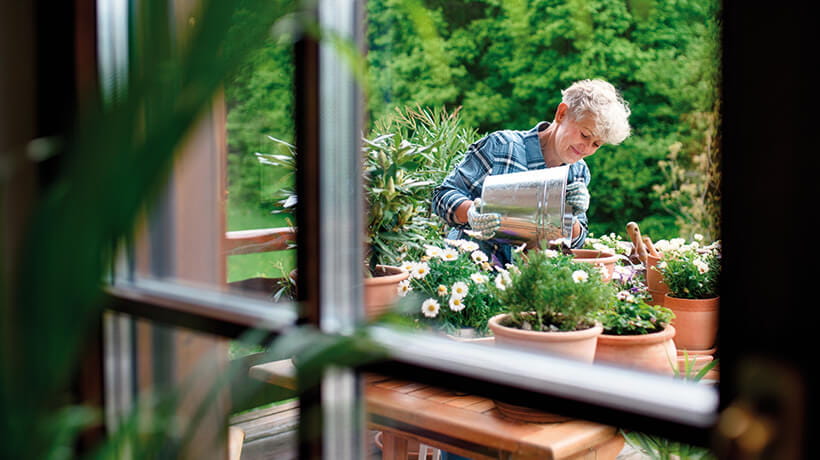
Saga Home Insurance comes with garden cover included. Find out what’s included and get tips to help secure your garden.

Rekha Mistry shares her top vegetables to grow in your garden all year round.
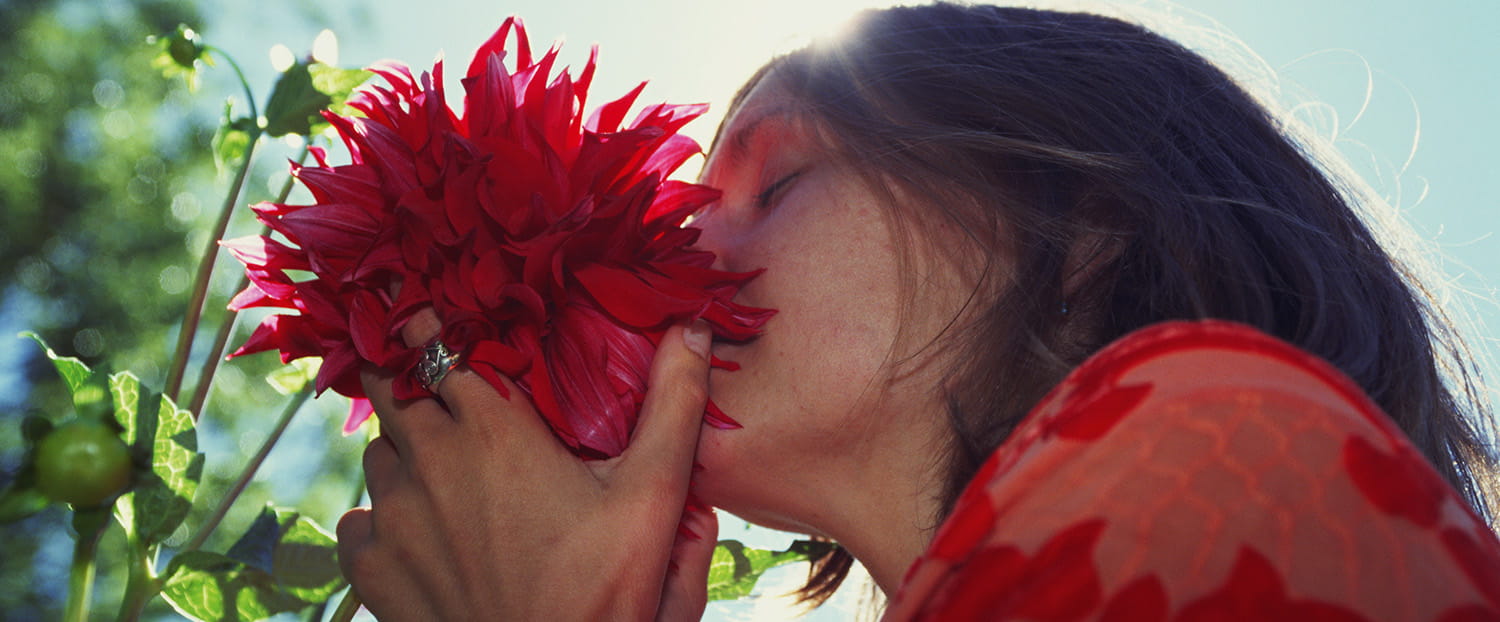
We explain the science and have 7 of the best scented plants for your garden.
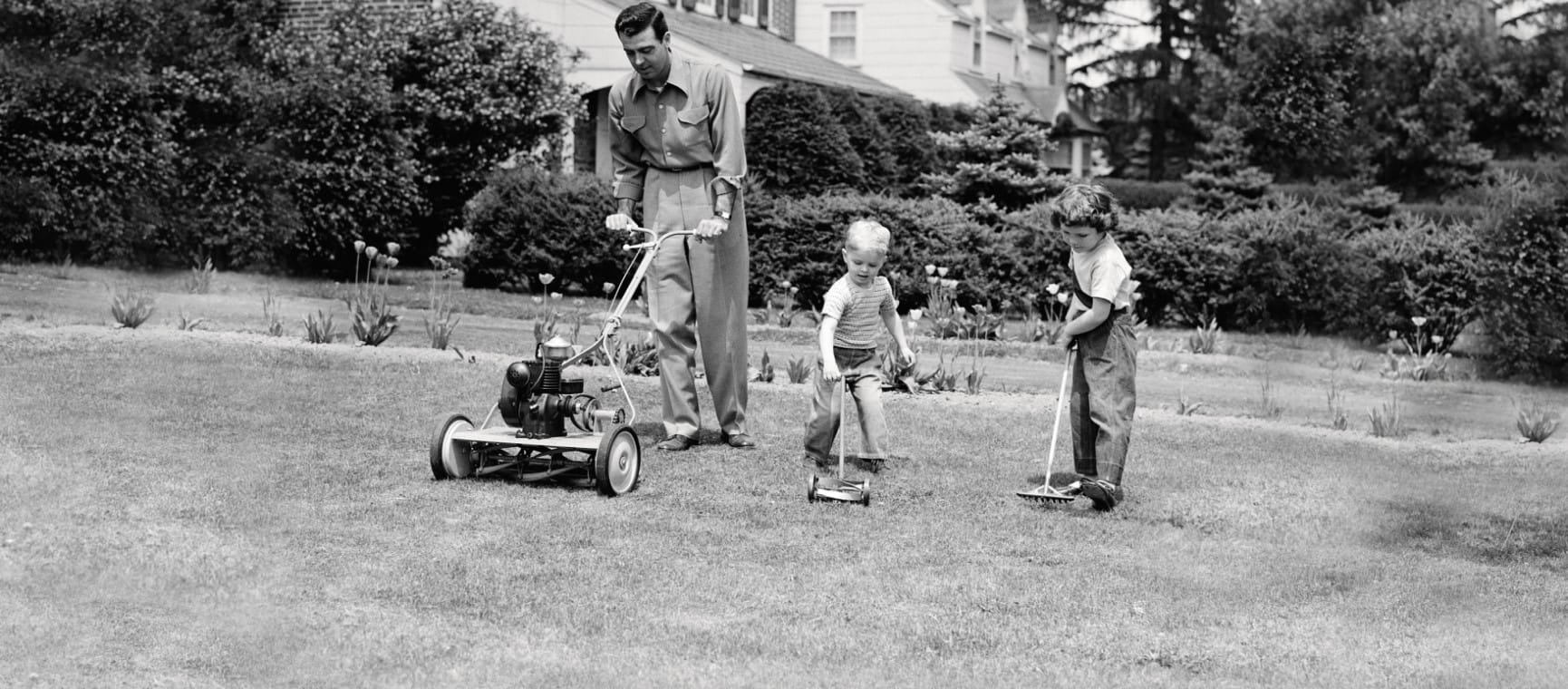
From robot mowers to electric pruning shears, spruce up your outside space with four of the best garden gadgets
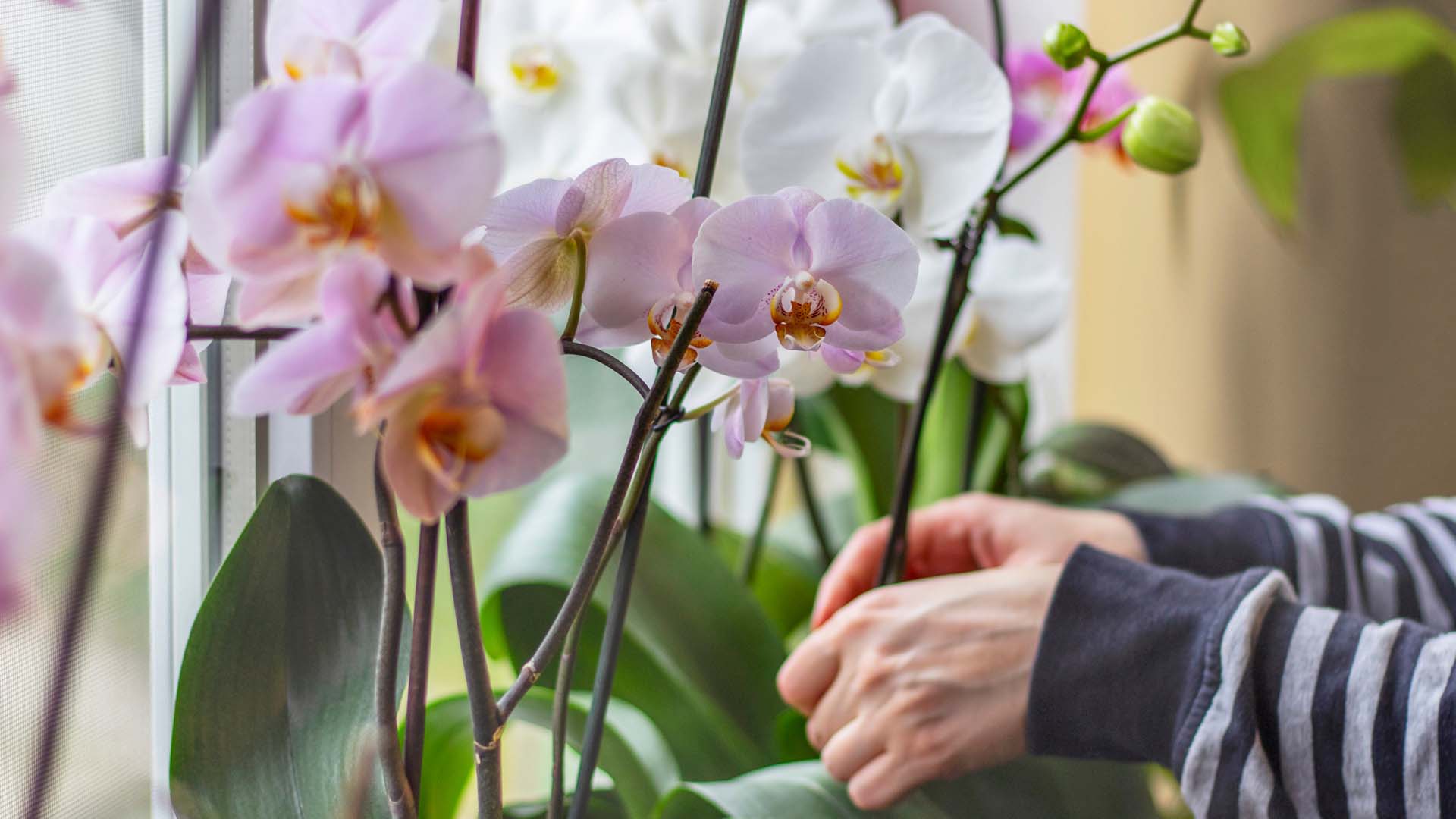
Our expert pruning and watering hacks include a top tip to keep them flowering from Alan Titchmarsh.
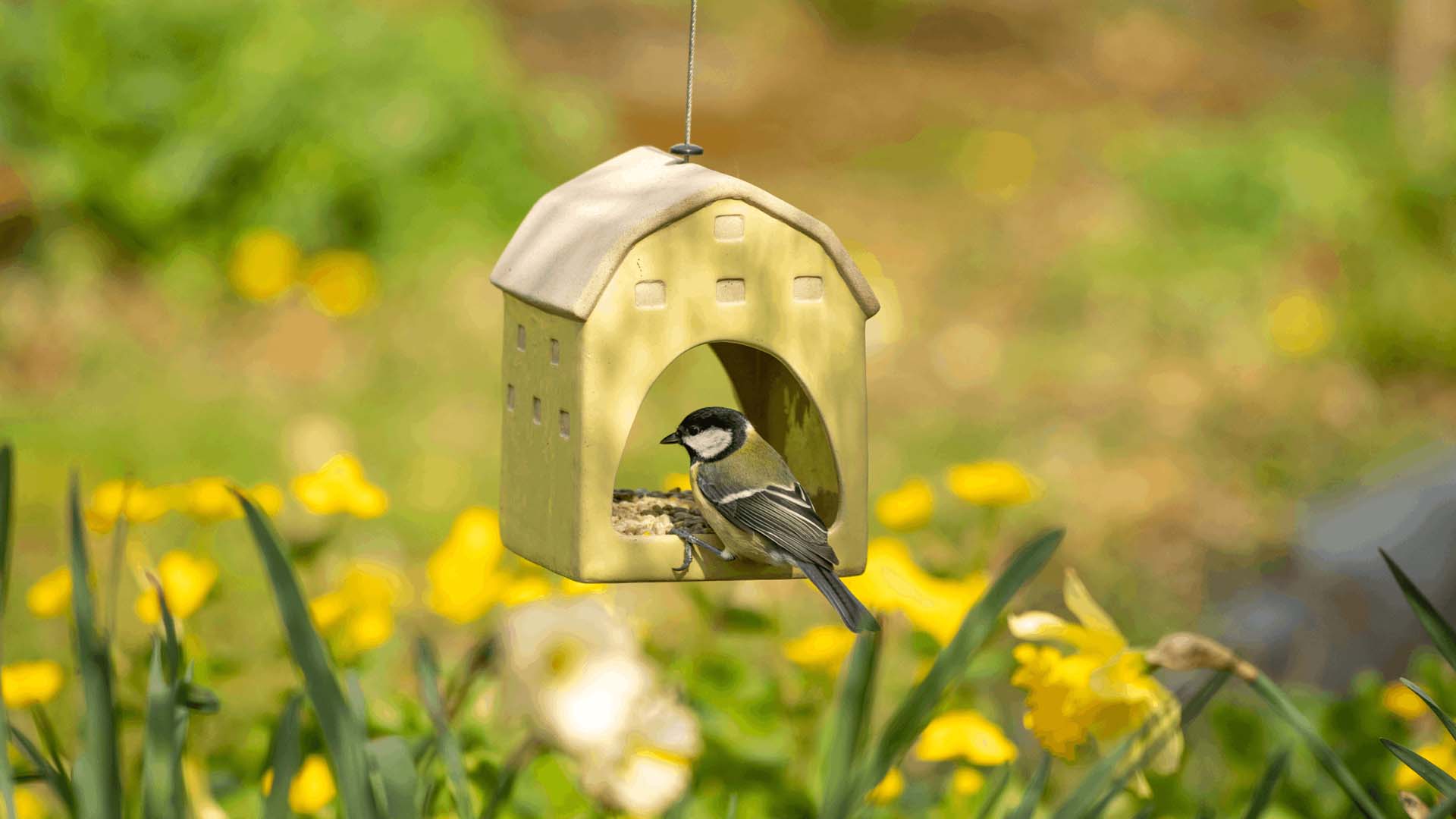
Don’t make these bird-feeding mistakes. Expert advice on how to feed birds in your garden safely.
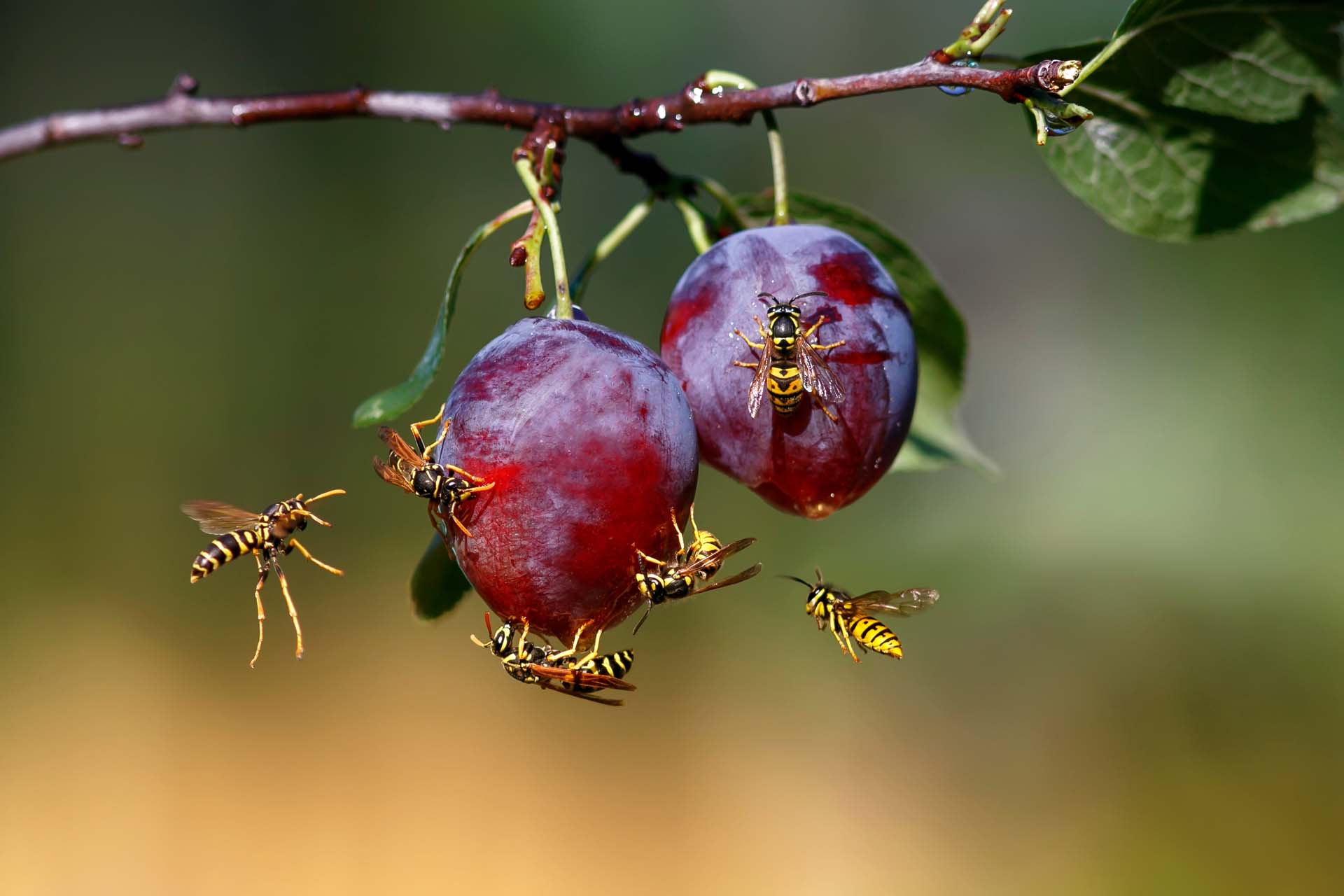
Blighted by buzzing? How to keep wasps out of your garden without harming them so you can enjoy the summer.
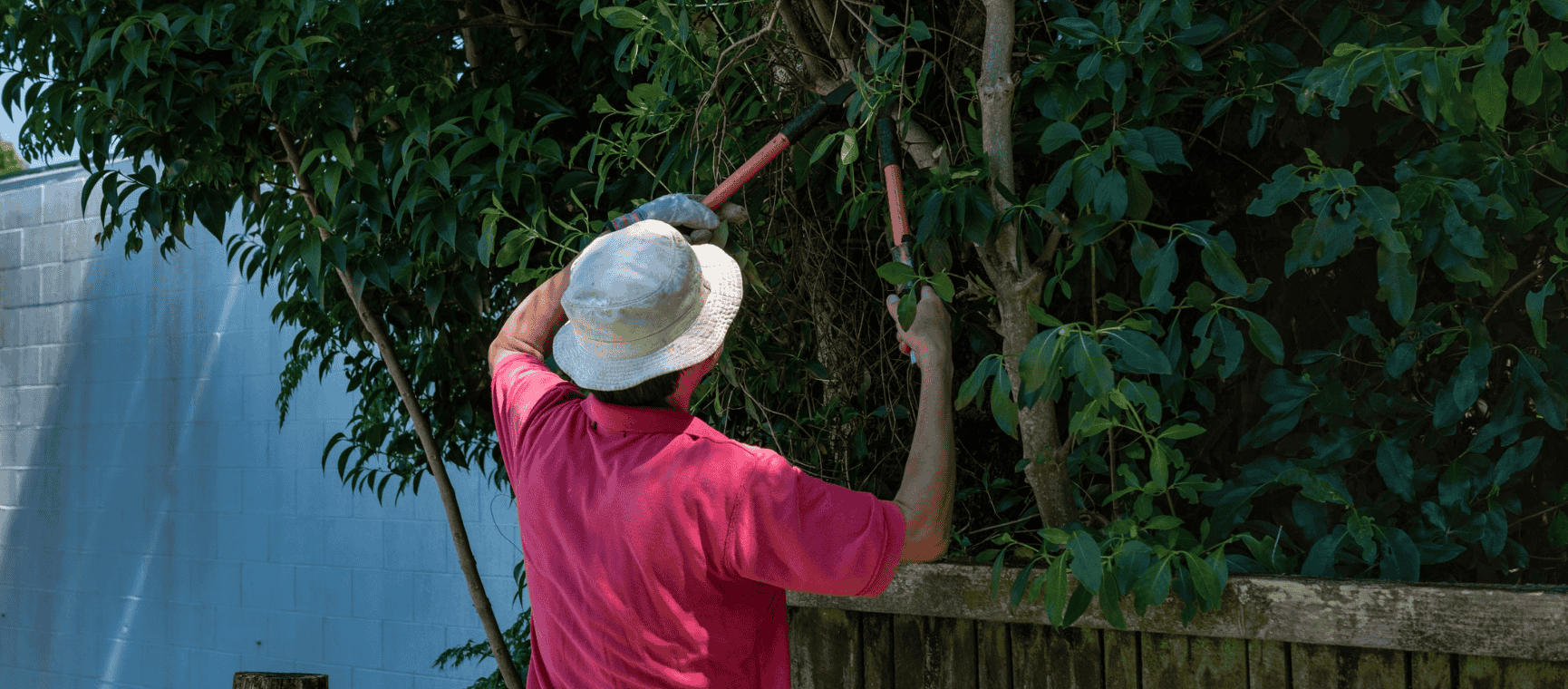
The ways you could be breaking the law in your back garden - with expert advice on how to avoid neighbour disputes, a fine or even a prosecution.
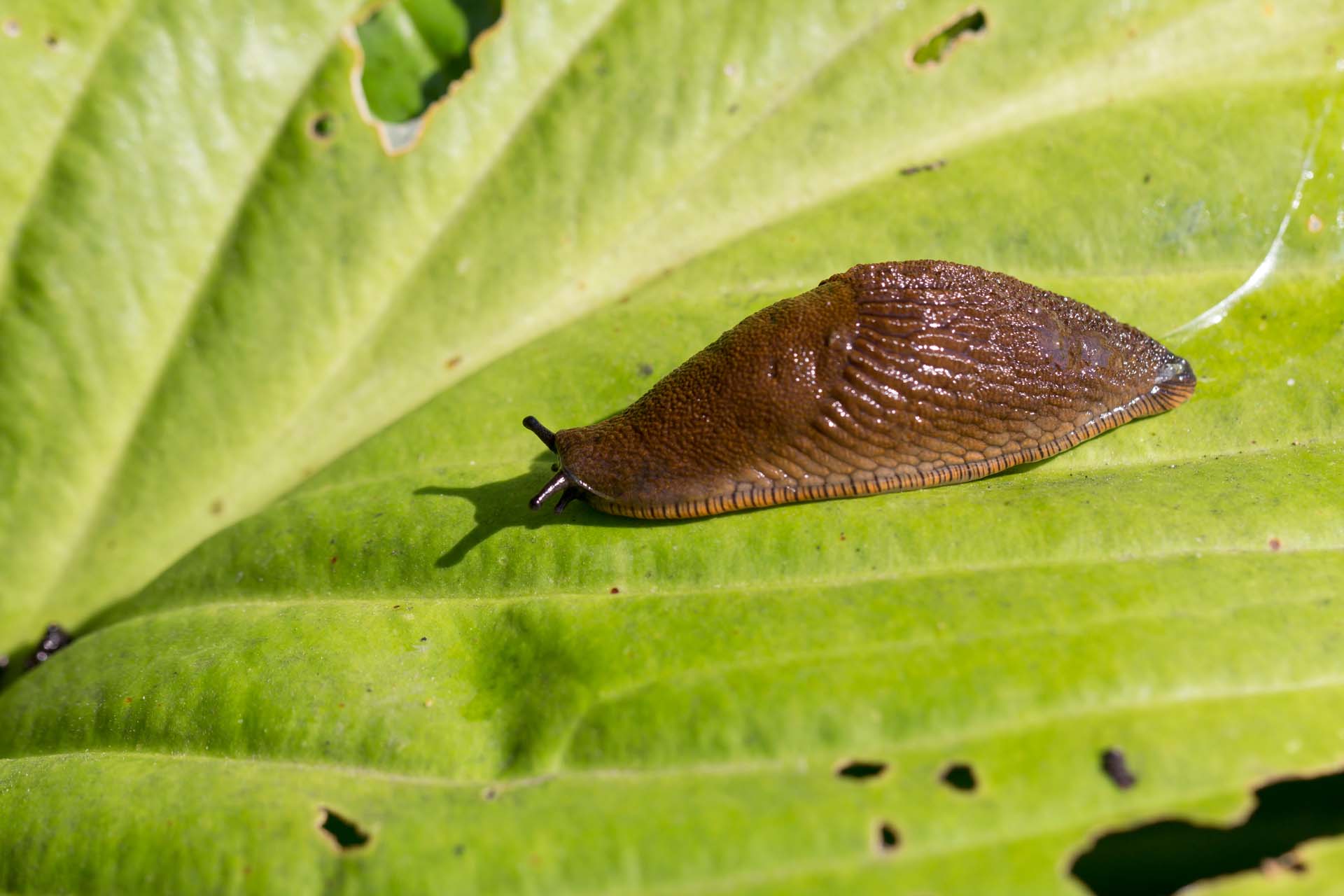
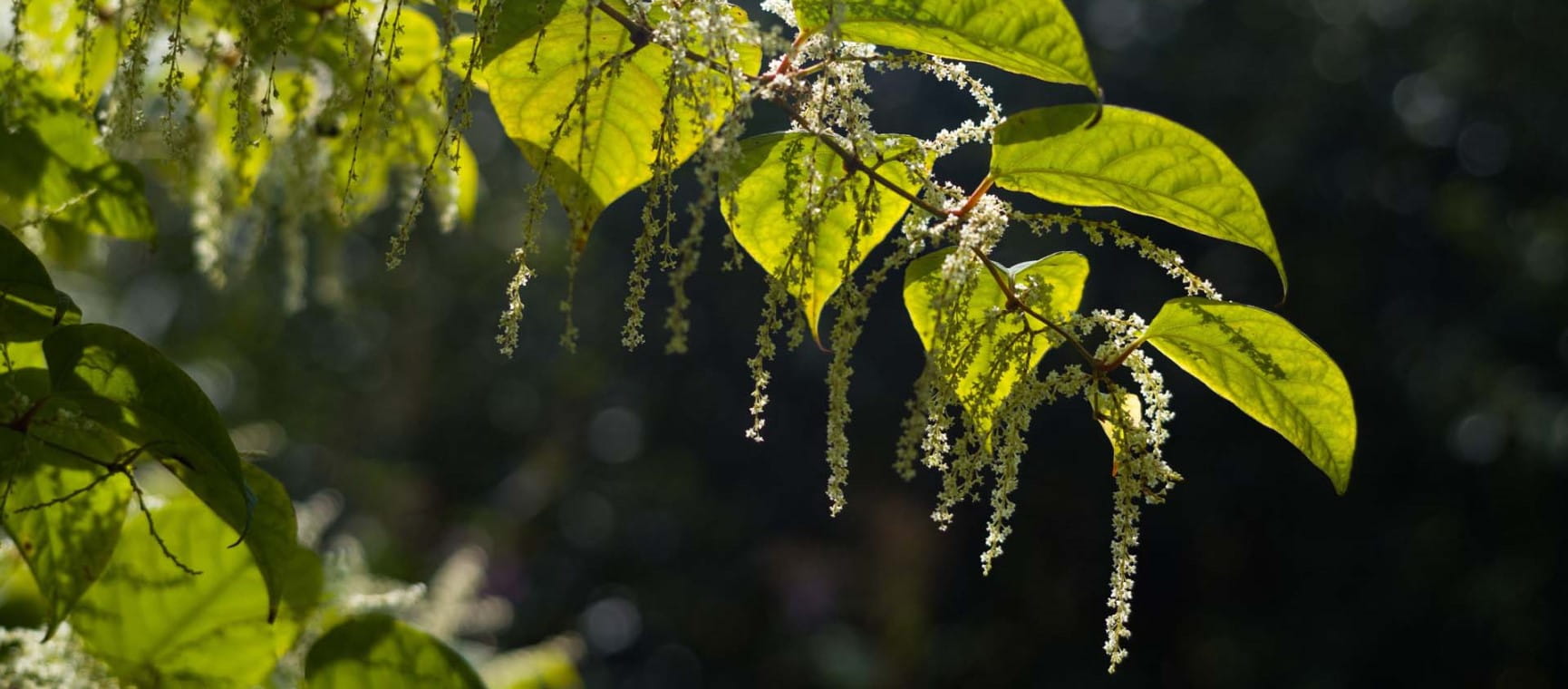
Everything you need to know about Japanese knotweed, the fast-growing plant nobody wants in their garden.